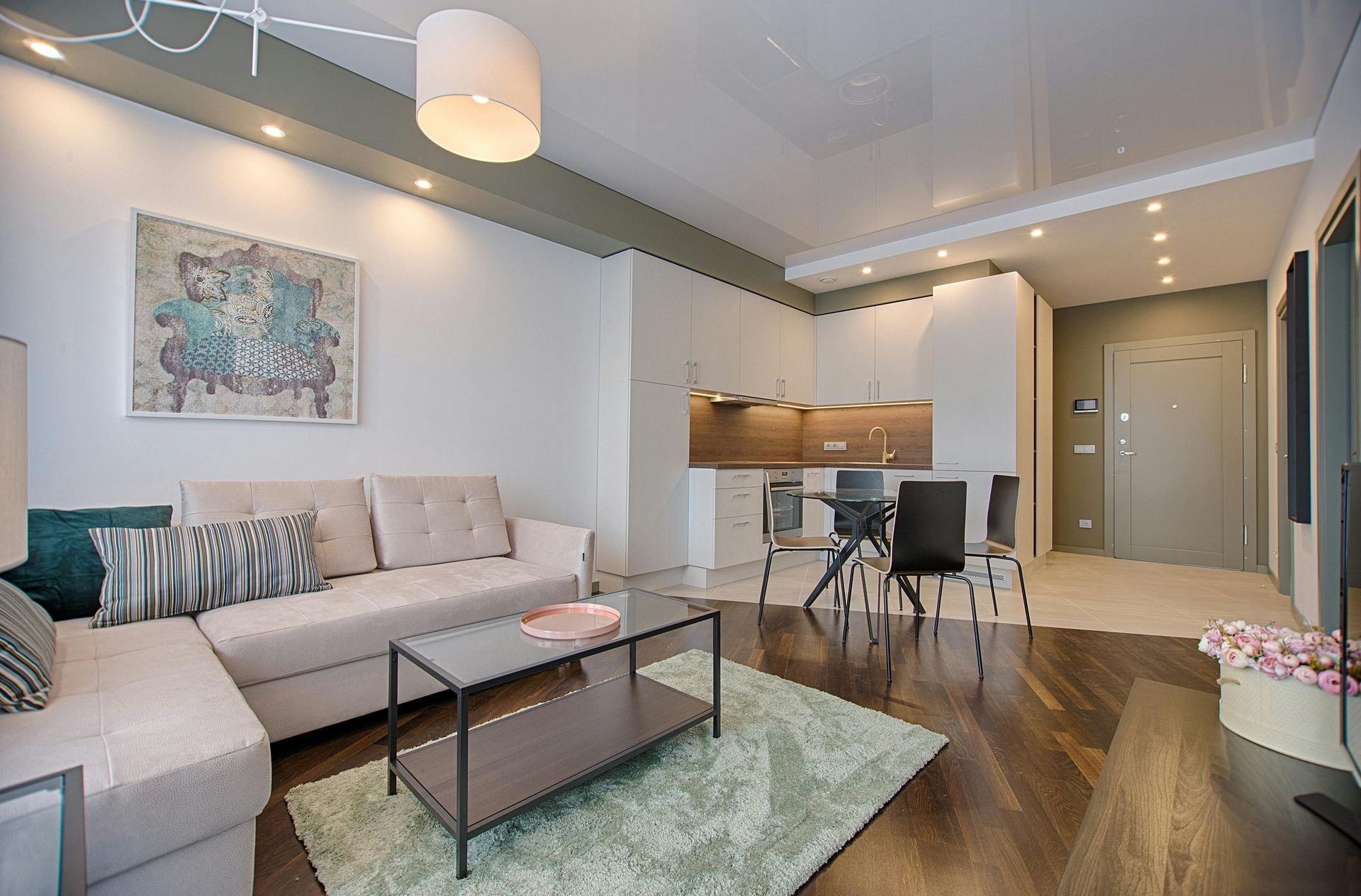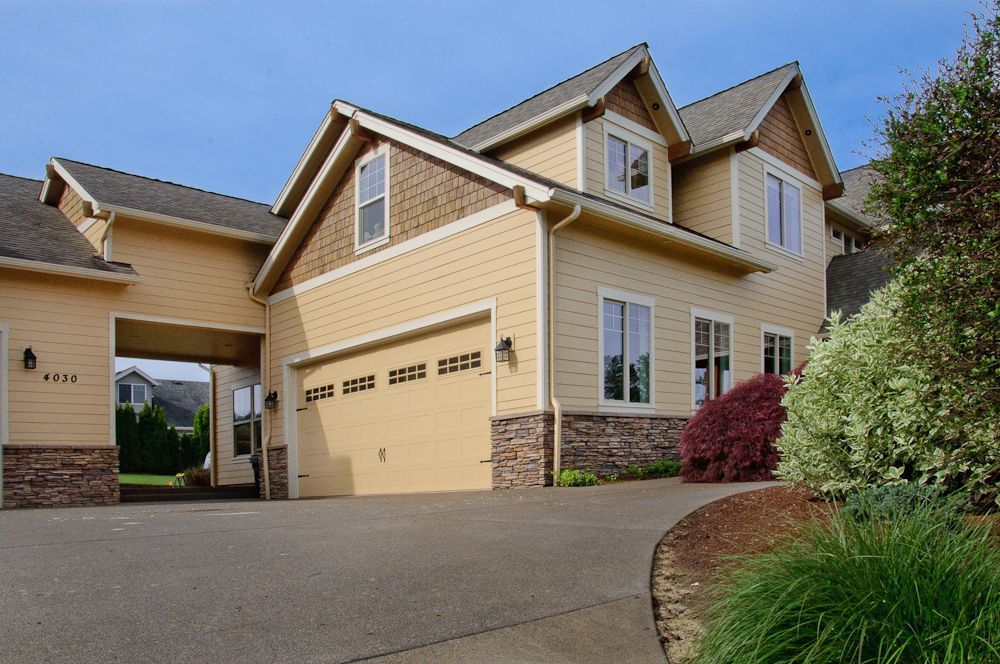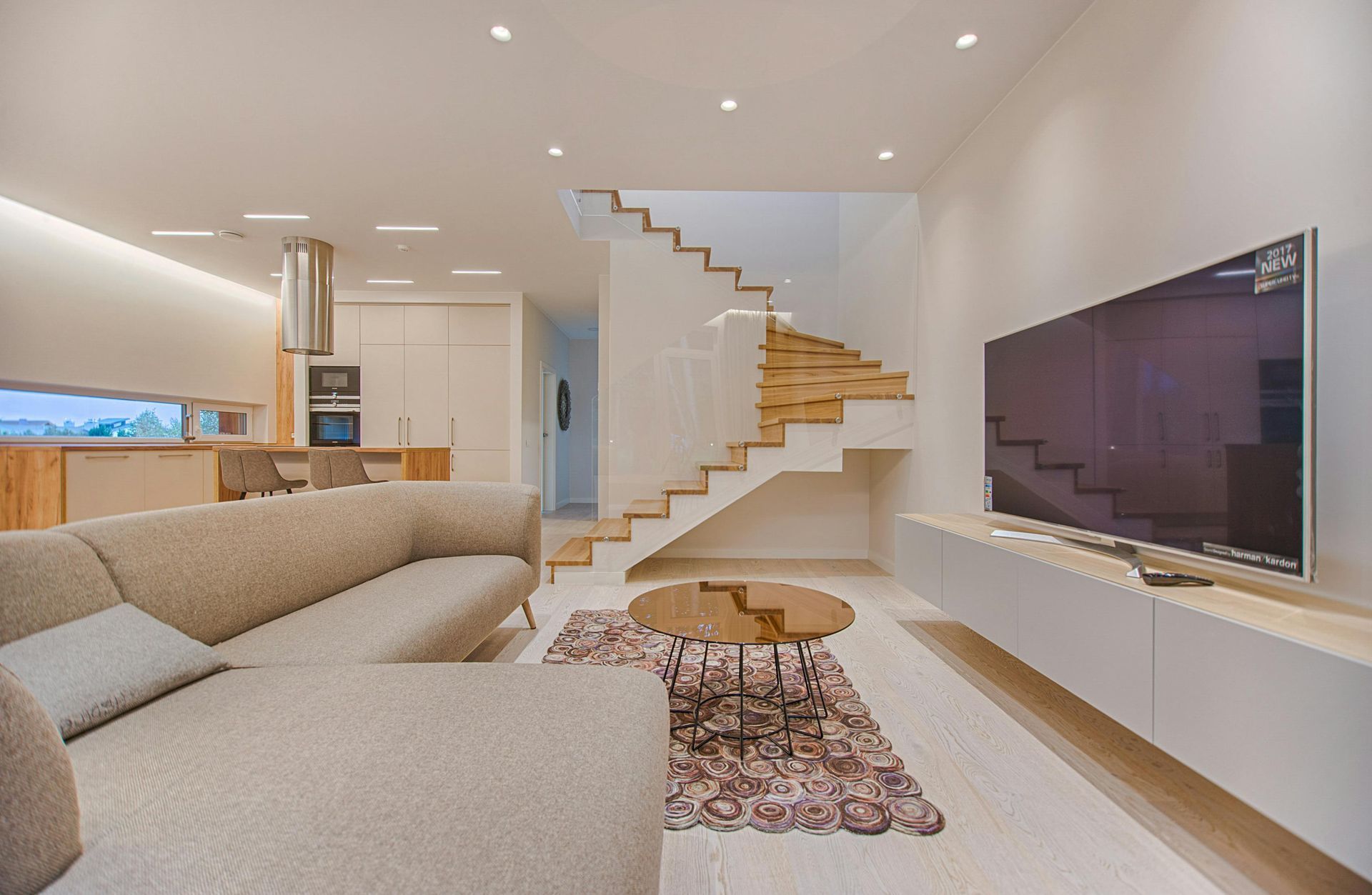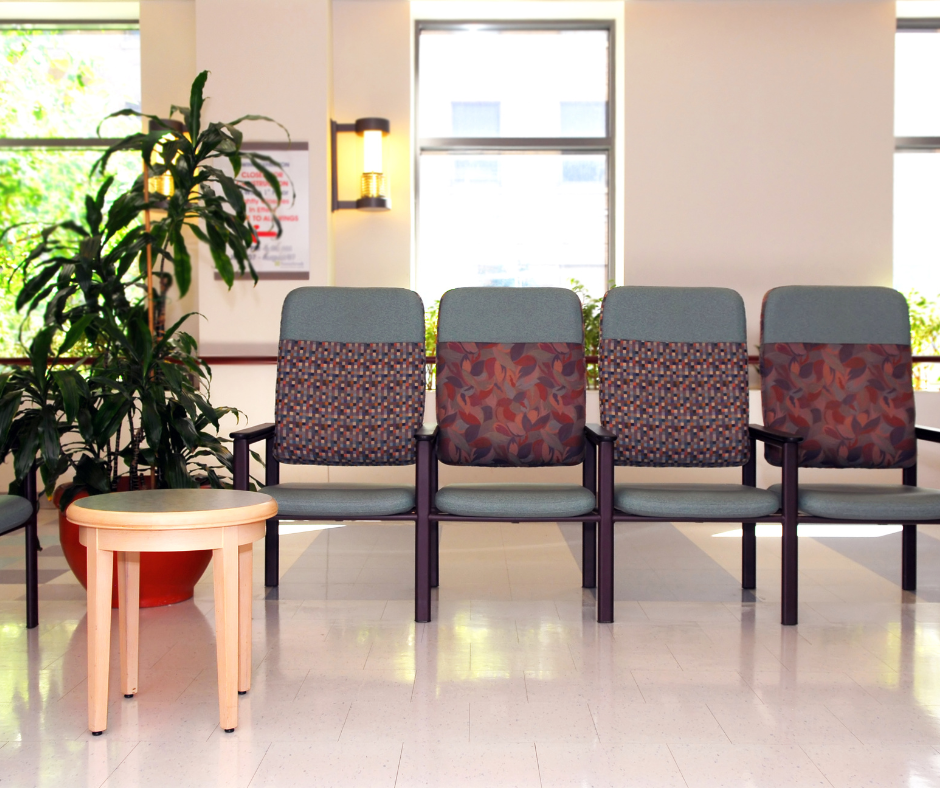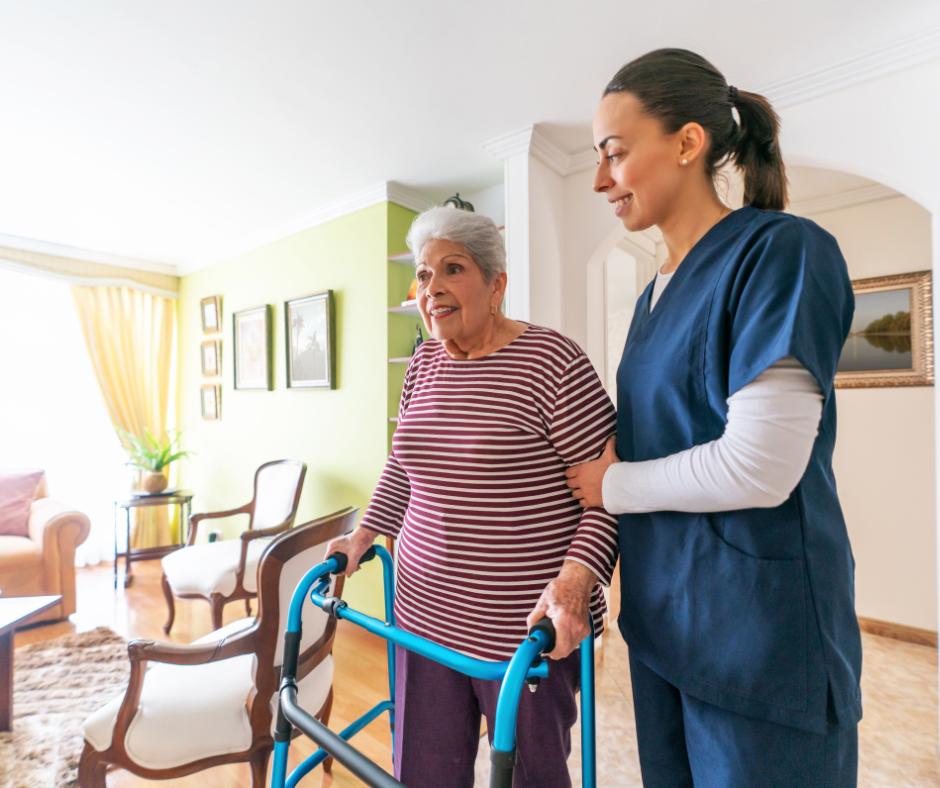Celebrating over 30 years
How to Paint Doors in Your Senior Living Facility Without Disturbing Residents
Doors are one of those high-traffic surfaces that are easy to overlook, but require a good deal of painting and maintenance to look their best. And doors in senior living facilities are no exception.
As a Willamette Valley commercial painter, we’re often asked how we can keep doors fresh with the least disturbance possible. After all, that’s the name of the game, especially in environments where maintaining a calm, relaxing atmosphere is so important.
Let’s take a closer look.
The Importance of Proper Planning
Preparation is the key to success when painting in a senior living facility. Start by conducting a pre-painting assessment to identify high-traffic areas and the best times for painting. It's always a good idea to coordinate with other staff members to schedule the work during periods of lower activity, such as mid-mornings or early afternoons. And don't forget to provide residents with ample notice about the painting schedule to set expectations and reduce concerns.
Clear communication is essential. Use signage to mark areas under maintenance and designate alternative routes to ensure uninterrupted access to important areas like dining halls and recreation rooms.
Choosing the Right Paint
Selecting the right type of paint can also make a significant difference in both the painting process and the residents’ comfort. Opt for low-VOC or zero-VOC paints to minimize odors and potential health risks. Quick-drying paints are also ideal, as they reduce the time doors are out of use.
In senior living facilities, durability is a must. Choose finishes that can withstand frequent cleaning and resist wear and tear, such as semi-gloss or satin paints, which are both easy to maintain and aesthetically pleasing.

Timing is Everything
Scheduling the painting process strategically can greatly reduce disruptions. Off-peak hours, such as after breakfast or during activity sessions, are excellent times to work. If painting must occur near high-traffic areas, consider alternating doors to maintain accessibility.
It’s also important to coordinate with facility staff to ensure that essential areas, like emergency exits, are not compromised during the project. Plan to paint these areas in sections, ensuring they remain functional when needed.
Efficient Painting Techniques
Professional techniques can expedite the painting process while minimizing disturbances. Use tools like edge guards and drop cloths to protect nearby surfaces and reduce cleanup time. Painting in sections ensures that doors dry quickly, allowing them to be reopened sooner.
Keep noise to a minimum by avoiding unnecessary loud equipment. Utilize rollers and brushes designed for smooth and quiet application, which can help maintain a calm atmosphere.
Paint Doors Offsite in a Spray Shop
Here at Fitzpatrick Painting & Construction, we take convenience to the next level by providing offsite painting services in our spray shop. Some prep and painting will of course still need to be done in your facility, but the majority of the work can be done in our controlled, state-of-the-art shop, delivering top-quality finishes and doors ready to be reinstalled.
What’s Your Takeaway?
Painting doors in a senior living facility doesn’t have to disrupt residents’ routines. With careful planning, the right materials, and open communication, you can complete this project efficiently and respectfully. Prioritizing the comfort and safety of residents ensures a positive outcome for everyone involved!
Need a painter who can do it all for you? Give us a call!
Frequently Asked Questions
Q: Why is low-VOC paint important in senior living facilities?
A: Low-VOC (volatile organic compounds) paints produce fewer odors and harmful emissions, creating a healthier environment for residents, especially those with respiratory sensitivities.
Q: How can we prevent paint fumes from spreading to common areas?
A: Proper ventilation, such as using fans or open windows, helps reduce fumes. Sealing off the work area with plastic sheeting can also contain odors.
Q: What precautions should we take to keep residents safe during the painting process?
A: Keep work areas well-marked with signs, use safe, low-odor paints, and ensure all tools and supplies are stored securely when not in use.
Q: How do you manage painting doors in emergency exit routes?
A: Coordinate with staff to paint these areas in stages, ensuring that at least one route remains accessible at all times. Schedule painting during low-traffic periods to minimize disruption.

FITZPATRICK PAINTING & CONSTRUCTION
IS CELEBRATING OVER 30 YEARS IN BUSINESS!
By using our website, you consent to our Cookie Policy, Privacy Policy, and Terms Of Service / Use.
All content Copyright © 2025 Fitzpatrick Painting & Construction Inc. Website by smallbee.com



